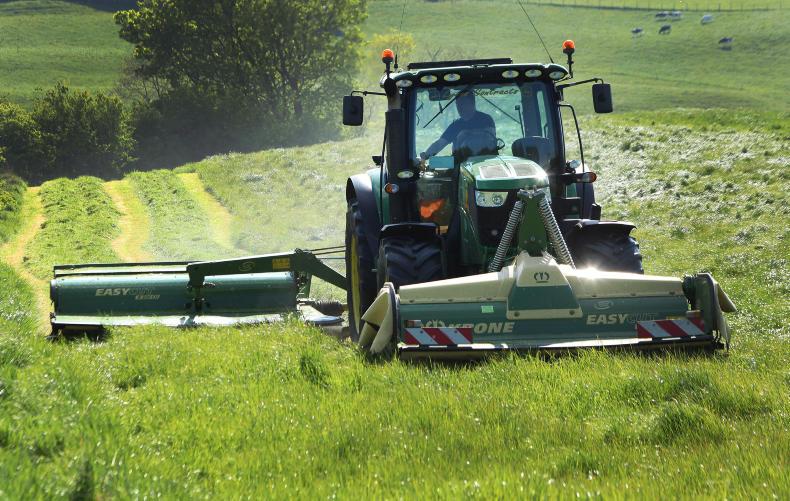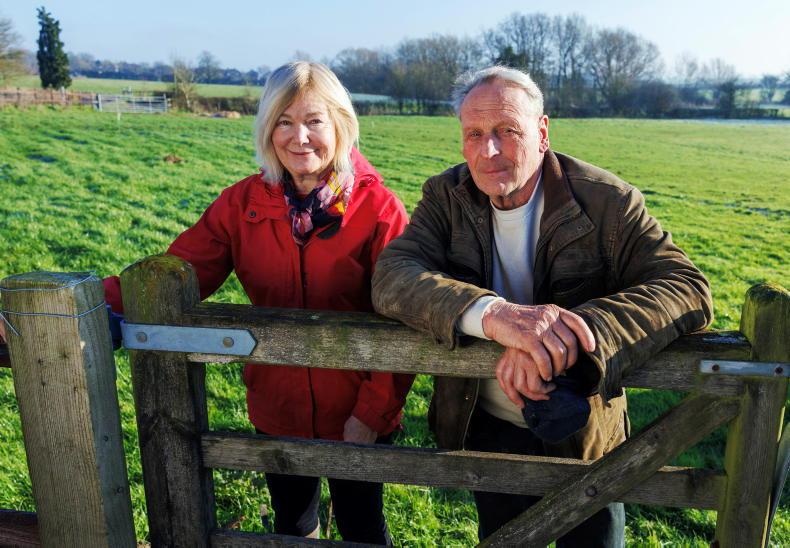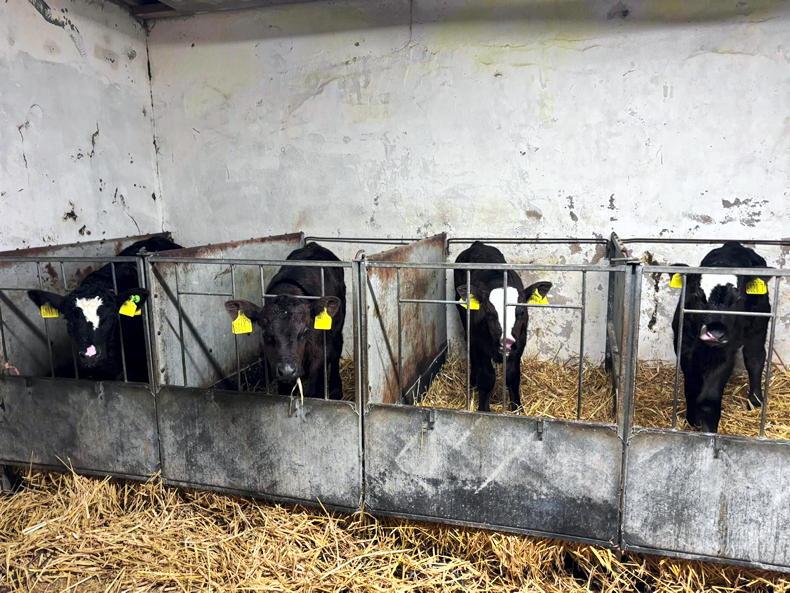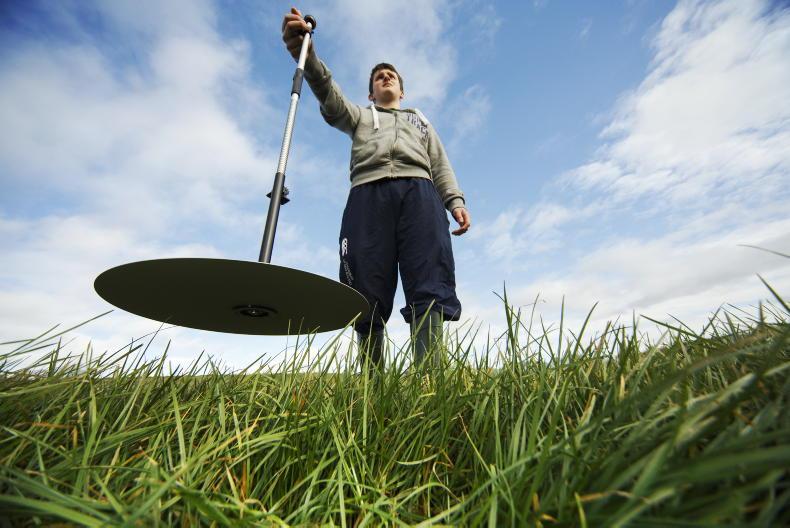Grass growth has been good across the country over the past month and crops of second-cut silage have bulked up well.
Where silage fields were closed off for second cut in early June, these swards will soon be ready to harvest. Outlined are five tips to managing second-cut silage.
1. When to cut grass
After light crops of first-cut silage, many farmers will be looking to delay harvesting second cut in order to get additional yield and make up any potential fodder deficit.
While this is fine in theory, there is a balancing point to consider. The longer harvesting date is delayed, the later silage ground can be brought in to the grazing rotation to ease grazing demand in late summer and early autumn.
Walk your second-cut swards once nitrogen has been used up and examine the base of the sward.
If the sward base is white and there are signs of dead grass accumulating, delaying the cutting date will do little to increase yield.
Instead, it will only delay regrowth and potentially leave a grazing shortage in late August and September.
Therefore, it will be more beneficial to cut silage as soon as weather permits once the nitrogen has been utilised.
2. Feed quality
Many farmers automatically assume that second-cut silage has a lower feed value than first cut. But this is not always the case.
First-cut silage made in early- to mid-June will have a high percentage of stem and seed heads present, which reduces feed value.
In contrast, silage crops harvested in late July and early August can have a high percentage of leaf present. If mowed, wilted and harvested dry, the feed value of this silage can often be 70+ DMD.
Therefore, treat second-cut silage the same as first cut. Get grass into the pit and covered as quickly as possible. Then get a silage analysis completed before feeding in winter.
3. Wilting grass
Second-cut silage made in late summer tends to have a lower dry matter than grass cut in early June, so wilting swards before ensiling is important.
If weather conditions permit, allow grass to wilt for at least 24 hours before lifting. Also, if possible, start mowing grass in the afternoon rather than the morning, as grass sugars will be higher.
4. Stack bales in a different area
If second cut is harvested as bales, stack them in a different area of the yard. This way, you can easily differentiate between first- and second-cut crops.
This means you can target high-quality silage to autumn cows, finishing and growing cattle. Lower-quality fodder can be directed to dry cows.
If stacking in a separate area is not an option, can bales be wrapped with different colour plastic or marked with paint?
5. Complete a fodder budget ASAP
Once second cut has been harvested, complete a fodder budget for the upcoming winter as soon as possible.
To simplify winter feed requirement, click here to access our fodder calculator.
If you are still tight for silage after second cut has been harvested, there is time to close off ground for a small third cut. Acting early gives you more options.
Read more
THRIVE: are this year's calves hitting growth targets?
Beef management: creep grazing, diary calf-to-beef targets and surplus grass
Grass growth has been good across the country over the past month and crops of second-cut silage have bulked up well.
Where silage fields were closed off for second cut in early June, these swards will soon be ready to harvest. Outlined are five tips to managing second-cut silage.
1. When to cut grass
After light crops of first-cut silage, many farmers will be looking to delay harvesting second cut in order to get additional yield and make up any potential fodder deficit.
While this is fine in theory, there is a balancing point to consider. The longer harvesting date is delayed, the later silage ground can be brought in to the grazing rotation to ease grazing demand in late summer and early autumn.
Walk your second-cut swards once nitrogen has been used up and examine the base of the sward.
If the sward base is white and there are signs of dead grass accumulating, delaying the cutting date will do little to increase yield.
Instead, it will only delay regrowth and potentially leave a grazing shortage in late August and September.
Therefore, it will be more beneficial to cut silage as soon as weather permits once the nitrogen has been utilised.
2. Feed quality
Many farmers automatically assume that second-cut silage has a lower feed value than first cut. But this is not always the case.
First-cut silage made in early- to mid-June will have a high percentage of stem and seed heads present, which reduces feed value.
In contrast, silage crops harvested in late July and early August can have a high percentage of leaf present. If mowed, wilted and harvested dry, the feed value of this silage can often be 70+ DMD.
Therefore, treat second-cut silage the same as first cut. Get grass into the pit and covered as quickly as possible. Then get a silage analysis completed before feeding in winter.
3. Wilting grass
Second-cut silage made in late summer tends to have a lower dry matter than grass cut in early June, so wilting swards before ensiling is important.
If weather conditions permit, allow grass to wilt for at least 24 hours before lifting. Also, if possible, start mowing grass in the afternoon rather than the morning, as grass sugars will be higher.
4. Stack bales in a different area
If second cut is harvested as bales, stack them in a different area of the yard. This way, you can easily differentiate between first- and second-cut crops.
This means you can target high-quality silage to autumn cows, finishing and growing cattle. Lower-quality fodder can be directed to dry cows.
If stacking in a separate area is not an option, can bales be wrapped with different colour plastic or marked with paint?
5. Complete a fodder budget ASAP
Once second cut has been harvested, complete a fodder budget for the upcoming winter as soon as possible.
To simplify winter feed requirement, click here to access our fodder calculator.
If you are still tight for silage after second cut has been harvested, there is time to close off ground for a small third cut. Acting early gives you more options.
Read more
THRIVE: are this year's calves hitting growth targets?
Beef management: creep grazing, diary calf-to-beef targets and surplus grass










SHARING OPTIONS